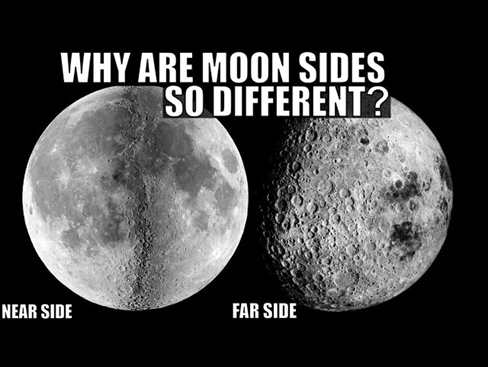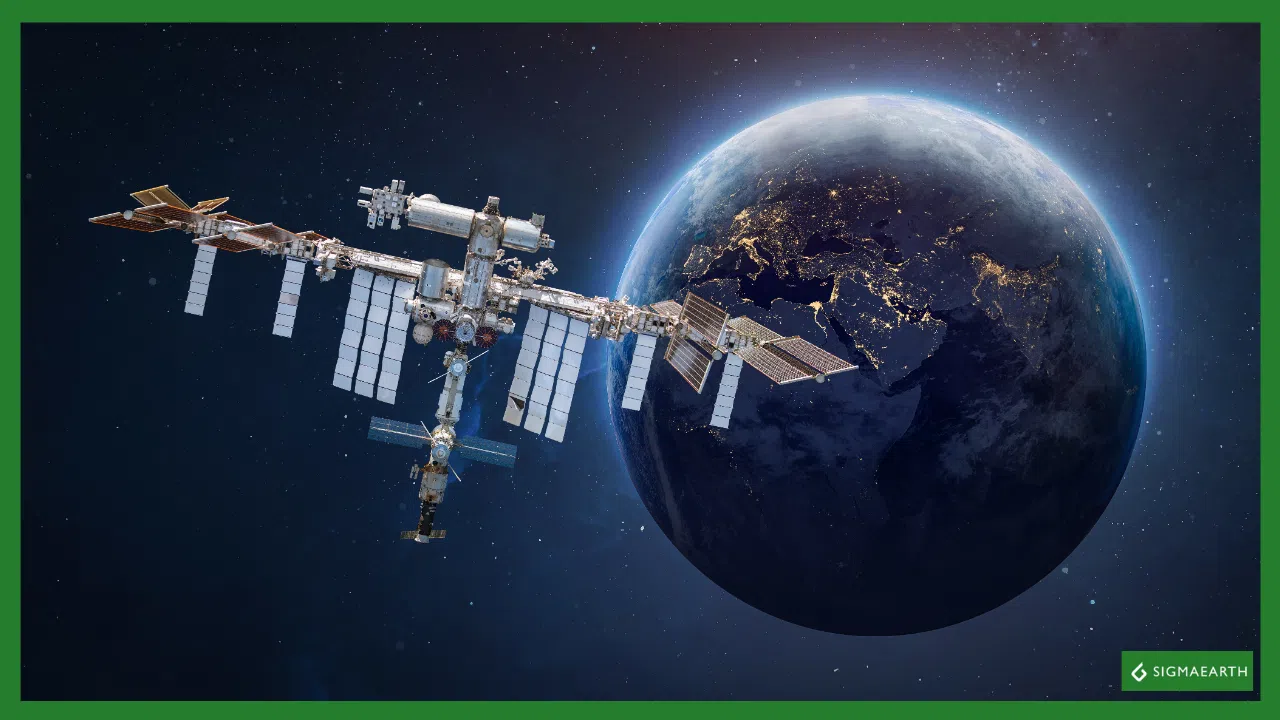- Courses
- GS Full Course 1 Year
- GS Full Course 2 Year
- GS Full Course 3 Year
- GS Full Course Till Selection
- Online Program
- GS Recorded Course
- NCERT (Recorded 500+ Hours)
- Polity Recorded Course
- Geography Recorded Course
- Economy Recorded Course
- AMAC Recorded Course
- Modern India, Post Independence & World History
- Environment Recoded Course
- Governance Recoded Course
- Science & Tech. Recoded Course
- International Relations and Internal Security Recorded Course
- Disaster Management Module Course
- Ethics Recoded Course
- Essay Recoded Course
- Current Affairs Recoded Course
- CSAT
- 5 LAYERED ARJUNA Mentorship
- Public Administration Optional
- ABOUT US
- OUR TOPPERS
- TEST SERIES
- FREE STUDY MATERIAL
- VIDEOS
- CONTACT US
NASA GRAIL Study Reveals Why The Moon's Two Sides Look So Different
NASA GRAIL Study Reveals Why The Moon's Two Sides Look So Different
20-05-2025

- A recent study in 2025, based on NASA’s GRAIL (Gravity Recovery and Interior Laboratory) mission has found that the Moon’s nearside and farside are significantly different in terms of internal composition, temperature, and volcanic history.
- The findings explain why the Moon’s Earth-facing side has vast dark plains, while the hidden side is mountainous.
KEY FINDINGS OF THE STUDY
A. Surface Differences
- Nearsides: The side of the Moon facing Earth, known for its large, dark plains called “mare,” formed by cooled volcanic rock.
- The nearside has thinner crust compared to the far side, allowing magma to rise more easily and form the flat plains of the mare.
- Farsides: The farside is rugged, mountainous, and heavily cratered, with very few lava plains.
- The far side has a thicker crust, which inhibited volcanic activity, leading to a more rugged, cratered surface.
B. Heat and Radioactivity
- The nearside is warmer and geologically more active beneath the surface than the far side.
- The presence of large volcanic plains on the nearside suggests that volcanic activity was more intense on this side billions of years ago.
- Thorium and titanium, which generate heat through radioactive decay, are concentrated on the nearside.
- This accounts for the higher temperature of the nearside mantle, which is about 100-200°C hotter than the far side.
How These Differences Are Explained:
- Heat Distribution:
- The Moon's mantle, located between its crust and core, is responsible for around 80% of its mass.
- The presence of radioactive elements like thorium and titanium in the nearside mantle is the likely cause of its higher heat compared to the far side.
- Tidal Deformation:
- The gravitational pull of the Earth on the Moon causes tidal deformation, a stretching of the Moon’s shape.
- This phenomenon occurs more on the nearside because Earth’s gravity pulls harder on this side, leading to the observed geological differences.
COMPARISON: NEARSIDE vs FARSIDE OF THE MOON : PRELIMS FACTS
|
|
||
|
Parameter |
Nearside |
Farside |
|
Surface |
Flat plains (mare) |
Rugged and mountainous |
|
Crust |
Thinner |
Thicker |
|
Volcanic Activity |
High (in the past) |
Low |
|
Radioactive Elements |
High (Thorium, Titanium) |
Low |
|
Mantle Temperature |
100–200°C hotter |
Cooler |
|
Tidal Deformation |
Greater |
Lesser |
ABOUT THE GRAIL MISSION :
|
Full Form |
Gravity Recovery and Interior Laboratory |
|
Launched |
2011 |
|
Launch Vehicle |
Delta II rocket |
|
Conducted By |
NASA Jet Propulsion Laboratory (JPL), with MIT |
|
Spacecraft |
2 identical probes: Ebb and Flow |
|
Objective |
Create a high-resolution map of the Moon’s gravitational field |
|
Methodology |
Measured minute distance changes between the two probes to detect gravitational anomalies |
|
Mission End |
Concluded with a controlled impact on the Moon’s surface in 2012 |
SIGNIFICANCE OF THE STUDY
- Confirms the role of radioactive heat and volcanic activity in shaping the nearside.
- Reveals the asymmetric internal structure of the Moon.
- Offers insights into thermal and geological evolution of the Moon.
- Gravity maps will support the development of lunar navigation systems (like GPS).
- Aids future lunar missions under programs like NASA’s Artemis and international collaborations.
- The GRAIL methodology can be applied to explore other moons such as:
- Enceladus (Saturn): suspected to have a subsurface ocean.
- Ganymede (Jupiter): largest moon, potential for life.
- The Moon helps stabilize Earth's axial tilt, crucial for climate stability.
- It causes ocean tides, impacting marine and coastal systems.
- Understanding the Moon helps understand Earth’s early history and habitability.
|
Also Read |
|
| FREE NIOS Books | |





